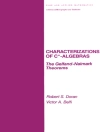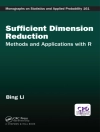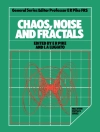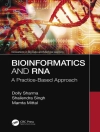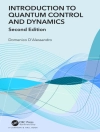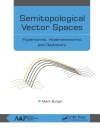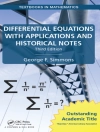The art of origami, or paper folding, is carried out using a square piece of paper to obtain attractive figures of animals, flowers or other familiar figures. It is easy to see that origami has links with geometry. Creases and edges represent lines, intersecting creases and edges make angles, while the intersections themselves represent points. Because of its manipulative and experiential nature, origami could become an effective context for the learning and teaching of geometry.In this unique and original book, origami is an object of mathematical exploration. The activities in this book differ from ordinary origami in that no figures of objects result. Rather, they lead the reader to study the effects of the folding and seek patterns. The experimental approach that characterizes much of science activity can be recognized throughout the book, as the manipulative nature of origami allows much experimenting, comparing, visualizing, discovering and conjecturing.The reader is encouraged to fill in all the proofs, for his/her own satisfaction and for the sake of mathematical completeness. Thus, this book provides a useful, alternative approach for reinforcing and applying the theorems of high school mathematics.
Kazuo Haga
Origamics: Mathematical Explorations Through Paper Folding [PDF ebook]
Mathematical Explorations Through Paper Folding
Origamics: Mathematical Explorations Through Paper Folding [PDF ebook]
Mathematical Explorations Through Paper Folding
Kup ten ebook, a 1 kolejny otrzymasz GRATIS!
Język Angielski ● Format PDF ● Strony 152 ● ISBN 9789812834911 ● Rozmiar pliku 1.9 MB ● Tłumacz Josefina C Fonacier & Masami Isoda ● Wydawca World Scientific Publishing Company ● Miasto Singapore ● Kraj SG ● Opublikowany 2008 ● Do pobrania 24 miesięcy ● Waluta EUR ● ID 2447674 ● Ochrona przed kopiowaniem Adobe DRM
Wymaga czytnika ebooków obsługującego DRM


